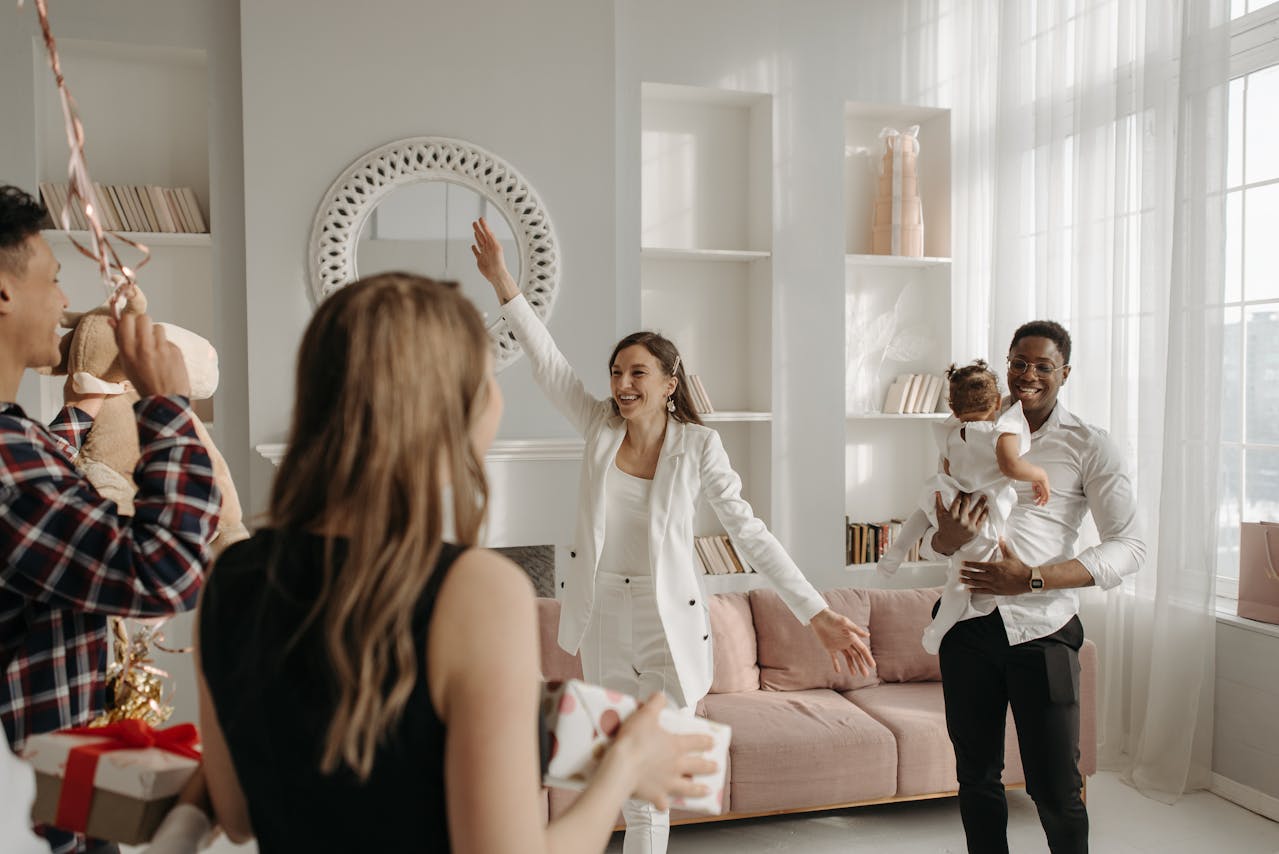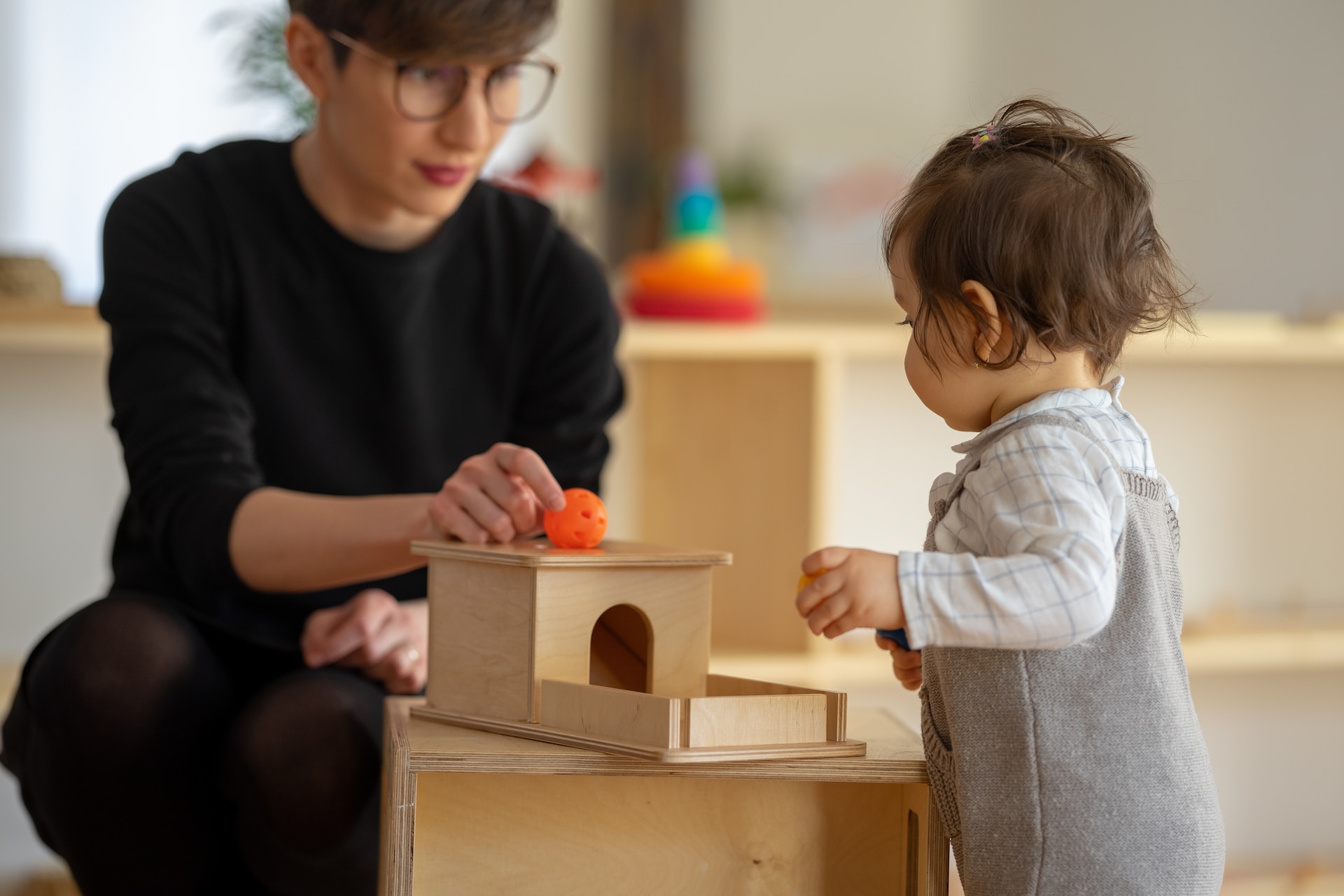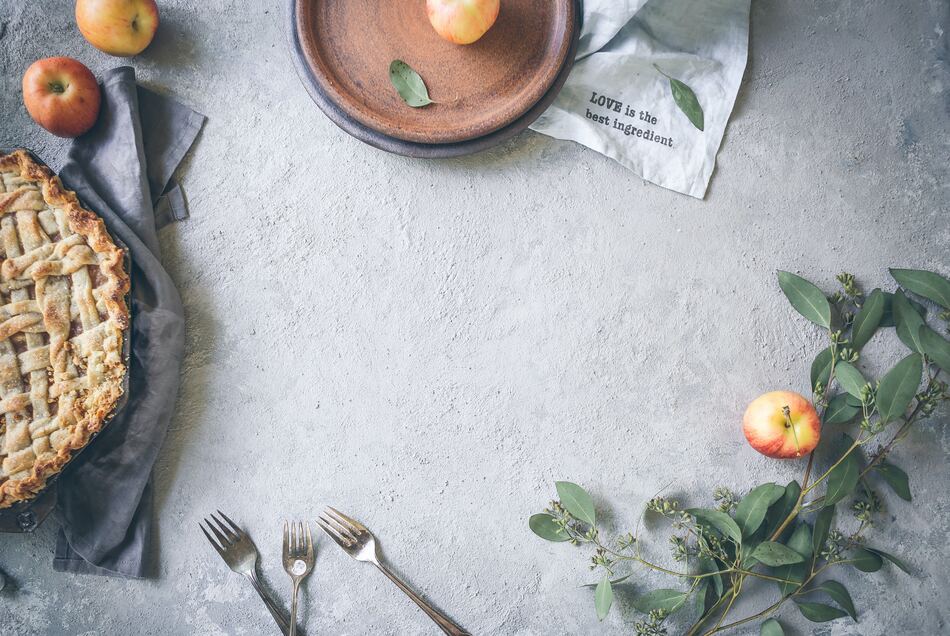In an unpredictable world, taking steps to ensure the safety of yourself and your family is one route toward greater peace of mind. A panic or safe room is an increasingly popular addition to modern homes, and it’s a security feature that’s available to nearly anyone in any kind of dwelling.
What is a Safe Room?
A safe room is a secure, fortified space within your home where you and your family can retreat to in the event of a home invasion, natural disaster, or other life-threatening events. Also known as a panic room, it could be anything from a fully equipped basement bunker to a reinforced bedroom closet, but the key feature is that it buys you precious time until help arrives or the danger has passed.
A panic room of some description can be added to nearly any home, and here’s what you need to know to plan your installation.
Determine the Possible Threats
The type of panic room you build depends mainly on which threats you want to protect your family against. There are two particularly common ones to consider.
Home Invasion
A safe room can help protect both people and possessions during a home invasion or robbery. For these situations, quick access and high security are the priorities, and a space close to a bedroom makes a good choice. Also, the panic room should be able to survive attacks with firearms and other weapons.
Tornados, Hurricanes, Other Natural Disasters
For creating a refuge from tornados, hurricanes, and other natural disasters, you’ll likely need a larger safe room that you can stay in for a period of days rather than hours. You’ll also need to make sure the structure is fully stormed proof, which usually means locating it on the first floor or in the basement.
Picking the Best Room
If you can create a dedicated panic room in a self-contained space, then that’s the ideal option. However, depending on your home, you may need to reinforce an existing room. Here are the main points to consider.
Should You Avoid Windows?
Windows are a potential weak spot and could provide a point of entry. They can also allow an intruder to spot the room’s existence. A safe room protecting against home invasion should have no windows, or if they’re unavoidable, then they should be reinforced and upgraded to bulletproof standards.
However, a window provides an alternative escape route from a safety room after a natural disaster, and so can be an advantage if you’re creating a tornado or hurricane refuge.
Consider Ventilation
It’s possible you could be in the panic room for some time, so it’s essential there’s enough ventilation. Bear in mind that a typical closet may not provide sufficient airflow, particularly once the door is fortified. The ability to install a ventilation system is important, even if it’s only an air vent or two.
Accessibility
The safe room should be close to your main living spaces so you can access it as soon as possible. Seconds could matter during an incident. Ideally, the room should be on the same floor as your bedrooms, although not too far from your most-used rooms on lower floors.
However, don’t forget the need for structural safety during natural disasters, where a basement may be more suitable even if slightly less accessible.
Camouflage
A good safety room shouldn’t make itself obvious to an intruder. Hide any visible security features behind wood paneling, for example, and use wooden doors with steel cores rather than solid steel. If an intruder can’t immediately spot your refuge, you’ll have more time for help to arrive.
Choosing the Right Materials
A panic room is only as secure as its weakest point. When constructing your reinforced room, as far as possible use materials that can withstand weapons, power tools, hammer blows, and so on.
The Walls
Thick concrete walls are an ideal choice when constructing a new panic room, but depending on your home this might not be an option. If you’re fortifying an existing room, fitting fiberglass or Kevlar panels will upgrade standard walls and provide varying degrees of protection against assaults.
The Windows
If windows are unavoidable, or you want the extra escape route they provide, then make sure you install glass that’s rated as ballistic and blast-proof. If the windows are openable, fit strong locks on the inside, but for the greatest security fix the windows in place so that they’re inoperable.
The Door
The door is an unavoidable weak point as it’s the one feature that needs to provide access, but there are things you can do to maximize security.
- Use solid, thick-gauge steel, ideally with a wooden facade for camouflage.
- Fit a door that opens outward, or strengthen inward-opening doors with a horizontal metal bar.
- Fit several locks on the inside, using different types including barrel bolts and chain locks. No matter how sturdy it is, a single lock can be broken more easily than multiple ones.
- Ensure there’s no way to access locks or hinges from the outside using hand or power tools.
- Upgrade the door frame and fix it securely to the wall.
- Ventilation system
As mentioned, ventilation of some kind is essential. A powered system is the most effective, but it could be disabled either intentionally or by a power outage, so ensure there’s also some natural ventilation available.
Use Bulletproof Materials
Wherever possible, all exterior materials should be rated as bulletproof. Making your panic room completely impregnable to all grades of weapon is unrealistic, but materials that can withstand a few rounds or more will slow down an intruder or deter them entirely.
Your Panic Room Layout
For anything more than a tiny bolthole used for the briefest periods, you should plan for some level of bathroom facilities. At the high end, dedicated safety rooms can have full plumbing with a flushing toilet and even a shower, but at the least, you should install a portable commode of the kind designed for camping.
It’s also a good idea to plan some space for resting or sleeping, especially if you’re using the room for natural disaster protection when widespread disruption could mean help is delayed. Again, camping gear could make a comfortable but compact solution.
Lastly, you’ll need space within the room for storing supplies, and the longer your potential stay, the more space you’ll need.
Install a Security System
If you haven’t got one already, install a high-quality monitored alarm system with a panic button facility. Make sure the main control panel is within the panic room, so you can control it in safety, and it can’t be overridden from outside.
Install a Communication System
As well as a panic button to alert the alarm company, you’ll also need a way of communicating with the outside world. Consider keeping a dedicated cellphone permanently in the panic room and making sure it’s always charged. However, test that the room still has reliable cell reception once fully secured.
If a cellphone signal is unavailable, a landline phone is a reliable option, but ensure the line itself is secure from easy interference.
A computer with a Wi-Fi or fixed internet connection is useful. Still, it shouldn’t be relied on as a sole means of communication, as the connection could be disrupted either deliberately or by natural events. However, a computer also allows installing security video cameras around your home, which you can monitor from inside the panic room to help you decide when the danger is over. Having a video record of any theft or vandalism committed in your home will help in getting compensation from your homeowners insurance company.
Lastly, a radio transmitter capable of reaching the emergency services provides a good backup solution, especially during natural disasters when external communications networks may be down.
Stock Up on Essential Supplies
Depending on the seriousness of the situation, you may be in your panic room for days, and it’s essential to have a range of supplies to fall back on.
- Stock a range of non-perishable foods that require no cooking, such as canned goods, or even candy or cookies for a quick energy boost. And don’t forget a can opener and whatever cutlery may be needed.
- Lay down a minimum of three gallons of drinking water per person, to ensure an adequate supply even if rescue is delayed.
- If any of your family needs regular medication or has other special needs, keep a few days’ or more supply in the safe room.
- A basic first aid kit is a sensible precaution.
- A kit of survival gear including a flashlight, extra clothes, blankets, and so on is a good idea if you have space.
- Lastly, consider leaving some form of self-defense equipment in the room, whether that’s a firearm, taser, pepper spray, or something more prosaic like a baseball bat.
Draw Up an Emergency Plan
Finally, once your panic room is installed and stocked, everyone in your family should be up to speed on how and when it should be used. Ask – and answer – questions including:
- Should the room be used at the first sign of danger, or as a last resort when a threat is confirmed?
- Who’s responsible for ensuring younger family members are taken to the room?
- Which authorities will be alerted, who will do it, and what will you tell them?
- How will you decide when the danger is over, and who will give the all-clear?
- Also, practice entering and securing the safe room as a periodical drill, so that it becomes second nature. In a stressful emergency situation, you can’t rely on keeping a completely clear head, so careful preparation is essential.




